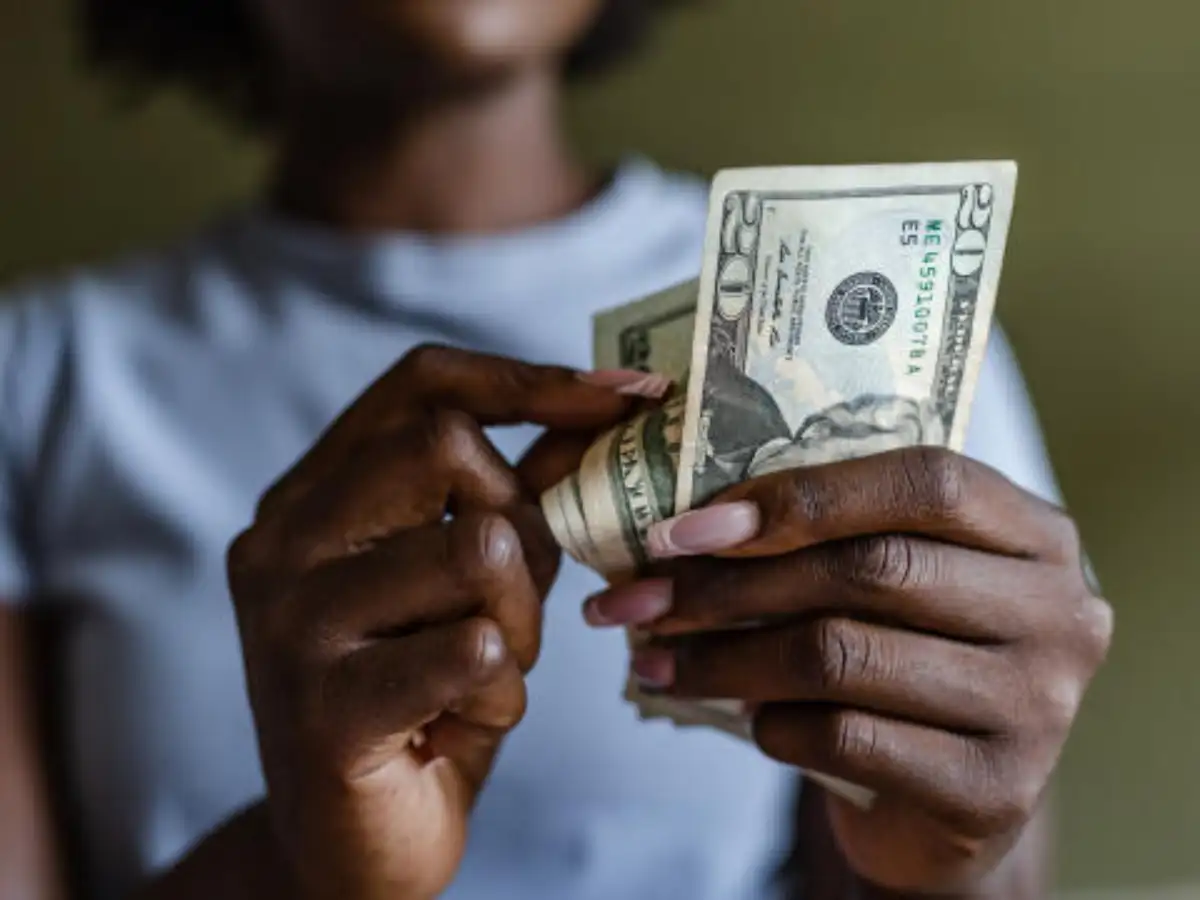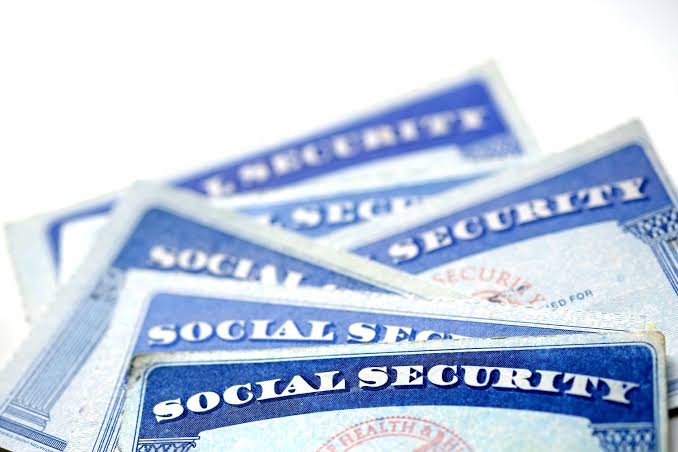Imagine checking your mailbox and finding a surprise $5,000 check from the government — not as a tax refund or COVID relief, but as a reward for being a taxpayer. That’s exactly what a new proposal, dubbed the “DOGE Dividend,” is promising. But before you start spending it in your head, there’s a lot more to this story — including major questions about whether it’ll actually happen.
What Is the ‘DOGE Dividend’ and Where Did It Come From?
The “DOGE Dividend” isn’t about cryptocurrency — despite the name. It stands for a plan tied to the Department of Government Efficiency (DOGE), a new federal agency created to cut wasteful spending across departments.
Here’s the pitch: if DOGE can save $2 trillion by eliminating government inefficiencies, 20% of those savings — or $400 billion — would be sent back to taxpayers in the form of $5,000 checks. The plan was first introduced by James Fishback, the CEO of Azoria Partners, and it quickly gained support from high-profile figures including Elon Musk and former President Donald Trump.
It’s being framed as a way to reward hardworking Americans who pay more into the system than they receive — the so-called “net payers” of federal taxes.
Who Would Get the Money?
This isn’t a universal stimulus. According to the proposal, only Americans who are net contributors to the federal tax system would qualify. That excludes roughly 40% of households who don’t owe federal income taxes each year.
Supporters of the plan argue that this will encourage more people to join the workforce and contribute to the tax base, while skeptics worry it unfairly leaves out the country’s most vulnerable families — many of whom rely on federal assistance for housing, food, or health care.

Sounds Great, So What’s the Problem?
As appealing as a $5,000 check sounds, the numbers just don’t add up — at least not yet. Although DOGE has already found $65 billion in savings, that’s only 3.25% of the $2 trillion target. To make the $400 billion payout possible, the agency still needs to find an astronomical amount of additional savings — all without cutting into programs like Social Security and Medicare, which Trump has promised to protect.
Then there’s the political reality. For any dividend to be issued, Congress would have to approve it. While some lawmakers are on board, others — including House Speaker Mike Johnson — are cautious. They warn that giving away government savings as cash could drive inflation higher and prefer to use the money to reduce the national debt instead.
What Are Voters Saying?
Interestingly, public opinion is firmly behind the plan. A JL Partners poll found that 67% of registered voters support the idea of receiving a $5,000 dividend if the government can trim the fat. But even if it passes all the political and financial hurdles, the payout wouldn’t happen until after DOGE wraps up its mission in 2026 — more than a year from now.
Bottom Line: Is This $5,000 Check Ever Coming?
The DOGE Dividend is a bold idea with a catchy promise — a government refund for those who keep the system running. But between the steep savings goal, political pushback, and eligibility limitations, it’s far from guaranteed.
Still, with major names like Musk and Trump promoting it and voters showing strong interest, don’t be surprised if this concept becomes a major talking point in the 2026 election cycle.
For now, don’t bank on that check just yet — but keep an eye on what DOGE does next. If they get even close to their goals, this plan could come back stronger than anyone expects.



